In Fundamentals of Composition, it would not be surprising to hear a student say: “It is troubling that since a young age, girls are expected to play with Barbie dolls and boys with dinosaurs.”
Since the dawn of our Webb education, we have learned to challenge traditional gender expectations. Beginning with freshman core humanities courses and moving up to Advanced Studies Global Gender Studies, students take intellectual risks to understand gender inequalities from a historical and theoretical perspective.
Ironically, despite our efforts to deconstruct oppressive gender norms, their shadow still lingers in each corner of our campus.
Dorm Culture
Historically, the majority of VWS dorm rooms were doubles, and WSC dorm rooms were all singles. Though this aspect has changed in recent months, it had established a precedent in VWS dorms that persists today.
Sharing a double room provides a learning environment wherein students lived alongside one another. Residents learn the values of compromise, shared experiences, differences, and similarities. VWS students who lived in or are currently living in doubles learn to reside in harmony. We have all experienced times when we spend extended and concentrated amounts of time with another person. In those moments, you typically begin to adopt each other’s language and mannerisms. Your personalities begin to blend, causing a loss of individuality.
Meanwhile, single rooms allow students to develop independently while teaching residents to prioritize their individuality. WSC students, while living in single rooms, do not experience the same pressure to develop close bonds with their dormmates because they are not connected with a roommate 24/7. They also have more opportunities to stand out in their dorm environment and express themselves because they are given a space that is entirely theirs.
Such contrasting models of development in dorm environments have led to a split in dorm cultures—WSC dorms are also typically louder and more rambunctious while VWS dorms are quieter.
For example, this year’s Alamo residents bought Nerf guns, and during study hours, the students proceeded to run around and have loud, playful Nerf gun fights. Right next door, the Jameson residents sat calmly, listening to music, studying, or simply going to sleep.
The standard of harmony established by a history of double rooms made it so that VWS dorms seem to prioritize peaceful environments over dorm shenanigans, which many WSC students view as integral to their Webb boarding experience.
A physical aspect that enforces the differing dorm culture is that, again historically, all WSC dorms were open to outdoors, while VWS dorms were enclosed.
Ironically, Appleby was not enclosed until it became a VWS dorm when the school decided to renovate the dorm to protect residents from the outside environment. VWS dorms that were built later, such as the Hutches, were also constructed as enclosed buildings.
The enclosure of VWS dorms implies that the residents need to be protected not only from the outside but also from WSC residents, which is inherently problematic.
Although Webb is working to combat inequalities in the dorms, like the North Hutch-Jameson switch, the shelter-centered background of the VWS dorms persists.
Recently, a ‘privacy fence’ was erected between Jameson and Alamo. The fence is largely ineffective. Its presence is harmful to the community we are trying to build by caging in VWS students and is directly contradictory to this year’s theme of “embracing togetherness.” Putting a fence up before Jameson is an example of the persisting philosophical inequalities between the two schools, as it implies that VWS students still need protection from Nerf guns.
Crests and Mottos
As part of Webb’s two-school model, WSC and VWS have separate crests and mottos. While their presence is rarely felt in our daily school life, they represent the principles and values of our schools. As such, we should pay attention to the outdated and toxic gender stereotypes they convey.
WSC school motto: Principes, non Homines—Leaders, not Common Men
VWS school motto: Sapientia, Amicitia, atque Honor—Wisdom, Friendship, and Honor
The differences in the school mottos are in line with the stereotypical gender models prevalent in modern society, in which men are expected to become leaders and excel, while women are expected to be followers and collaborators. Scholars have identified this model as one framed in terms of agency and communion. Stereotypical masculine characteristics are agentic in nature, such as assertiveness, competitiveness, and striving for achievement, while feminine qualities are communal, including nurture, benevolence, and caring.
The WSC motto clearly embodies these toxic notions of masculinity by emphasizing the need to succeed as leaders and denouncing the common man as unmasculine. The motto engrained into the WSC students’ minds is that men are meant to lead, not follow. On the other hand, the VWS motto reinforces a completely different set of values, all geared towards shaping the student into a good member of the community.
Similar notions of femininity shine through the design of the school crest.
In the VWS school crest, the 34 students in the founding class are represented by 34 scallop seashells. Seashells are commonly associated with love and fertility; the scallop seashells, in particular, are a symbol of love and beauty because of the Greek Goddess Aphrodite. Such a representation of femininity is problematic because it reduces a woman’s value to her physical beauty and reproductive ability, and both originate from a male lens.
Next time you put on your uniform, take a moment to look at the crest ironed onto your blazer and the line of Latin hidden within the crest. These very things that we are supposed to abide by and take pride in convey archaic notions of femininity, and they should not go unnoticed.
Symbols and Ceremonies
From the color of the dresses VWS students wear at Commencement to elements of various traditional VWS ceremonies, symbols that we have taken for granted reinforce problematic gender stereotypes for women. Whether consciously or not, the rituals we participate in entrench notions of femininity and construct invisible norms that educate us into “girly” women.
At each commencement ceremony, it is a tradition for the graduating class to wear floral dresses and for everyone else to wear white dresses. Despite the minor dress code differences, both symbolize elegance and femininity, not to mention that the color white represents purity and innocence—the most stereotypical association with the female gender and ironically the exact labels that restrained women within the household, especially under the cult of domesticity.
Similar to the dress code, white roses at the VWS signing-in ceremony and Candlelight ceremony again reinforce gender stereotypes. Like white dresses, the roses represent purity and innocence, and they also symbolize loyalty. In fact, the history of the white rose traces back to ancient Greece, when the white rose served as the symbol of the goddess Aphrodite, who embodies feminine beauty and sexuality. Giving a white rose to someone means that you view the person as a goddess, which goes against the goal of our education to help us become strong, self-loving young women free from the weight of social expectations.
While the symbols surrounding VWS ceremonies are intended to celebrate the independence and intellectual strength of VWS students, the messages they carry can backfire and imply toxic notions of femininity. Based on the status quo, it would not be surprising to see VWS students carry the shadow of submissiveness and docility with them after graduation.
Although Webb takes pride in perfectly combining the single-sex school and co-ed structure, the systems in place that support having two schools on one campus enforce harmful concepts of femininity, limiting VWS students to a physically and psychologically confined space.
Throughout Webb’s historical and community values, students are encouraged to act with integrity and become the best versions of themselves. However, Webb’s school structure enforces quite the opposite by pushing VWS students backwards in time. These policies need to change.
Note: The writers of this editorial are all VWS boarding students, therefore this article is from a limited perspective, however equally valuable. While we did not include quotes from WSC students, we attempted to describe the culture and experience after having conversations with WSC students.
Staff vote: Of the 34 staff members, 26 voted for publishing the editorial, and 8 voted against publishing the editorial.


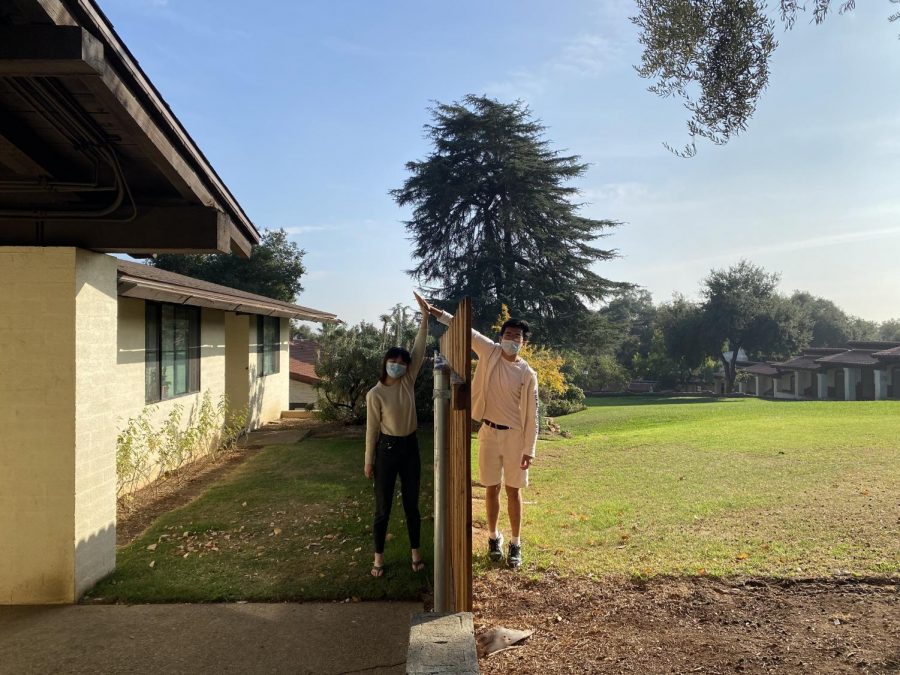
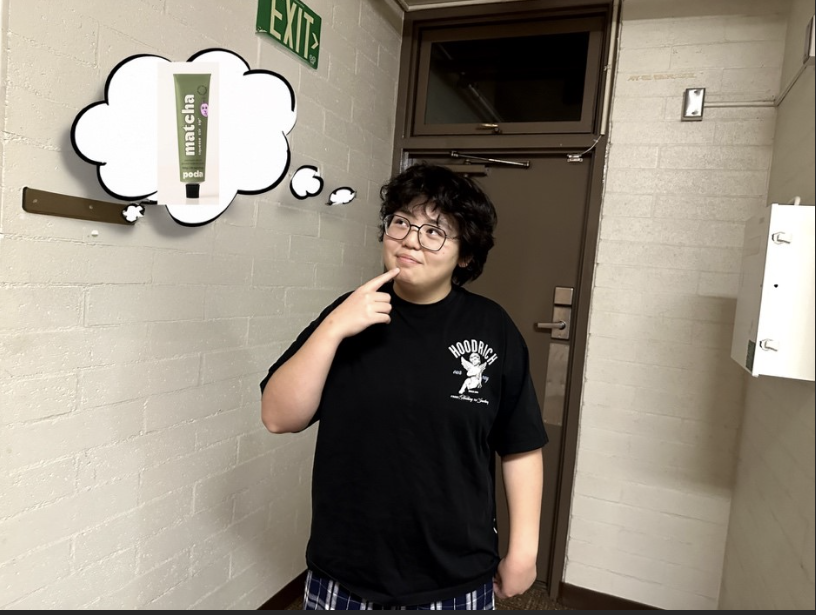
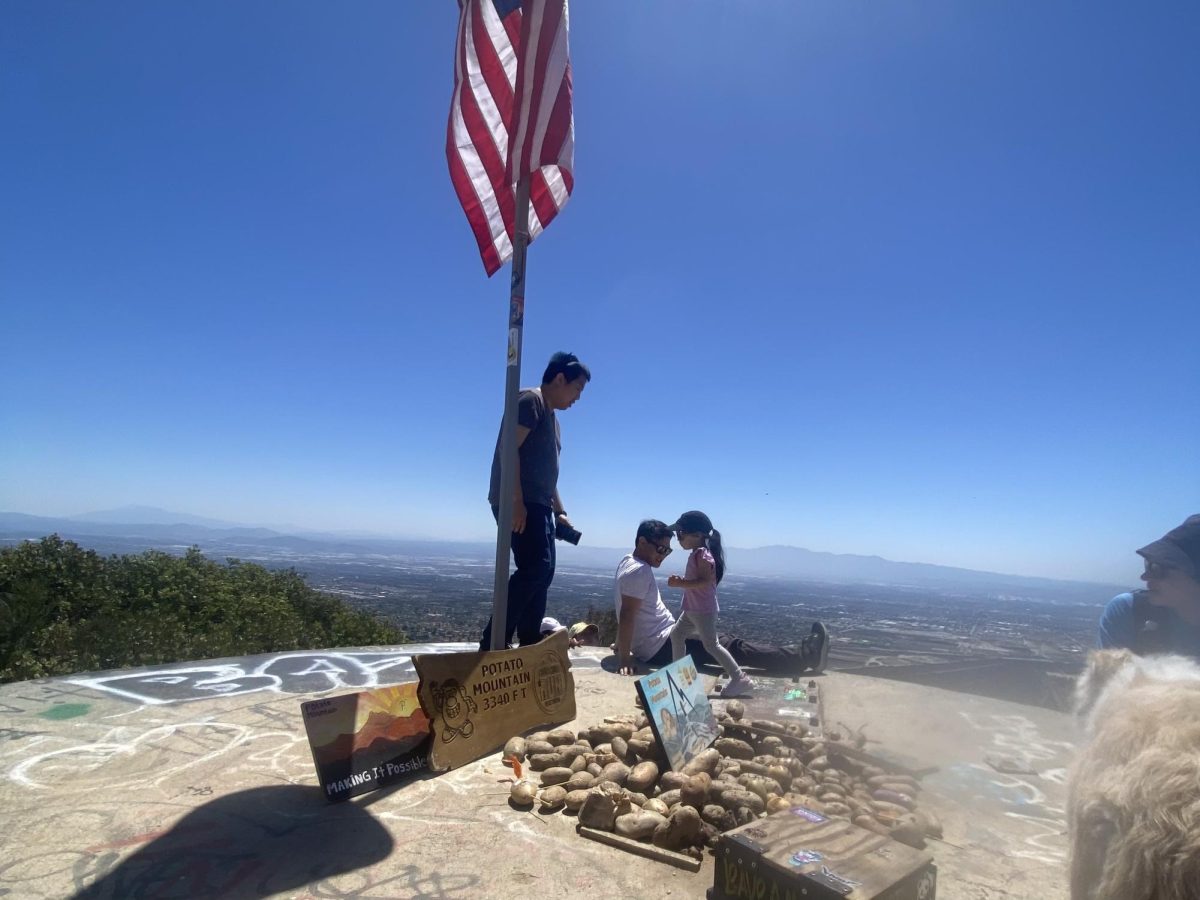
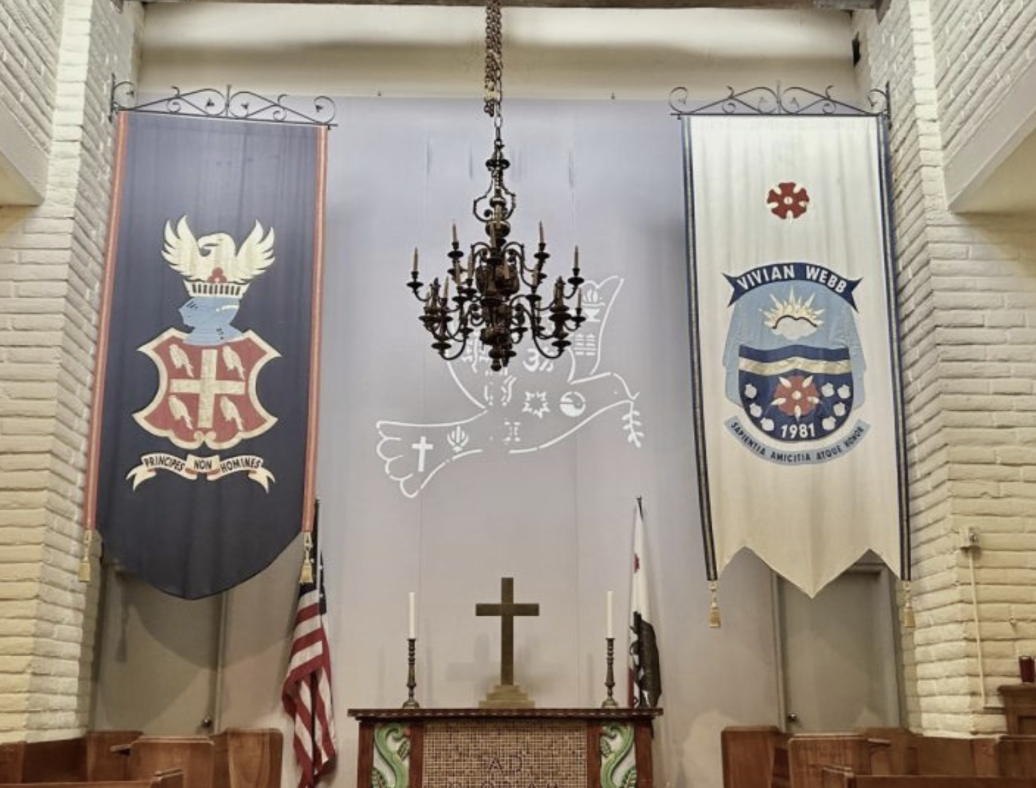
![Many Webb students spend their free time in the library watching a popular TV show like Riverdale and Euphoria. “Based off what I’ve seen, like in Euphoria, because the actors are older, they don't showcase an actual high school life properly,” Sochika Ndibe (‘26) said. “Since [the actors] are older [and] playing a teenager, from a girl’s perspective, it is going to make you think you should look more developed at a young age.” The actor, who plays Veronica Lodge, was 22 years old at the time of filming.](https://webbcanyonchronicle.com/wp-content/uploads/2025/03/Antecol-Media-affects-how-society-functions-graphic-1200x900.png)
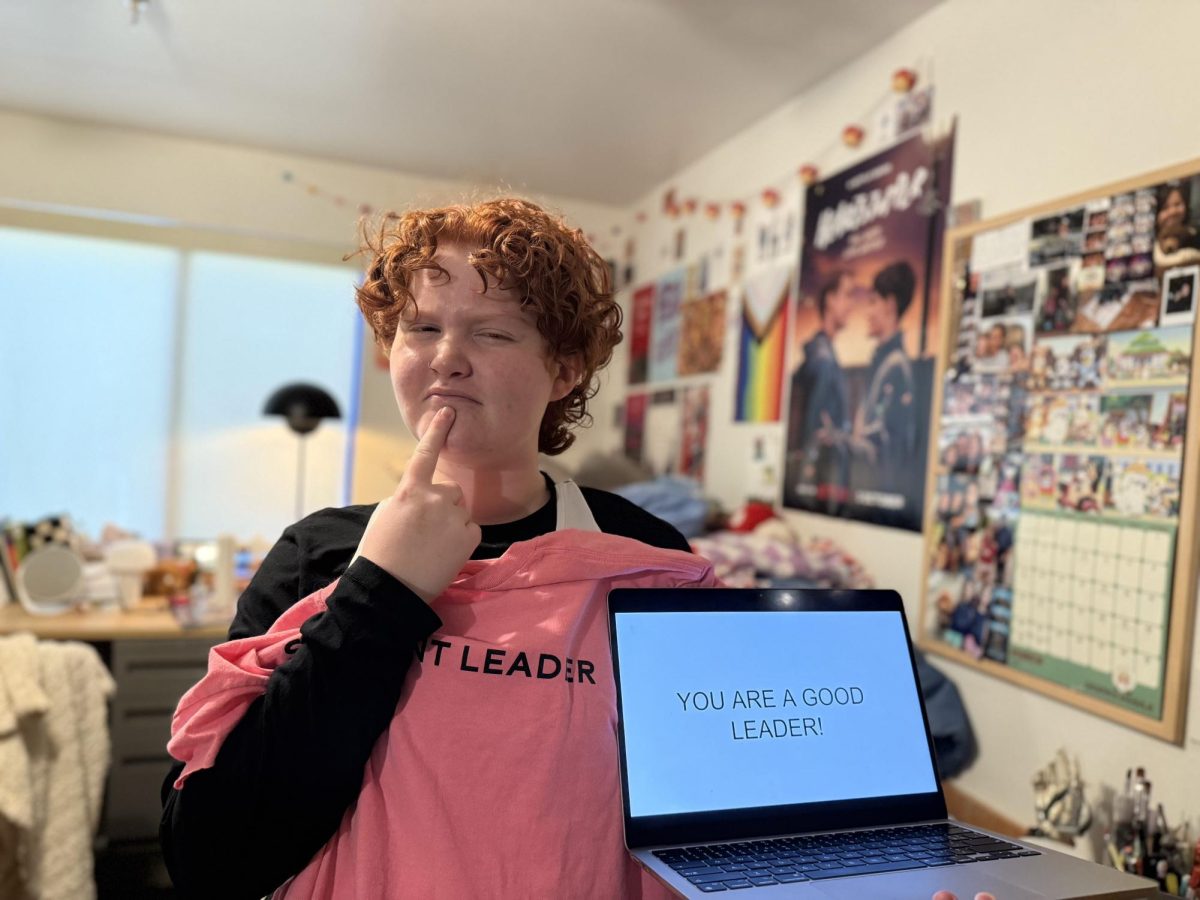


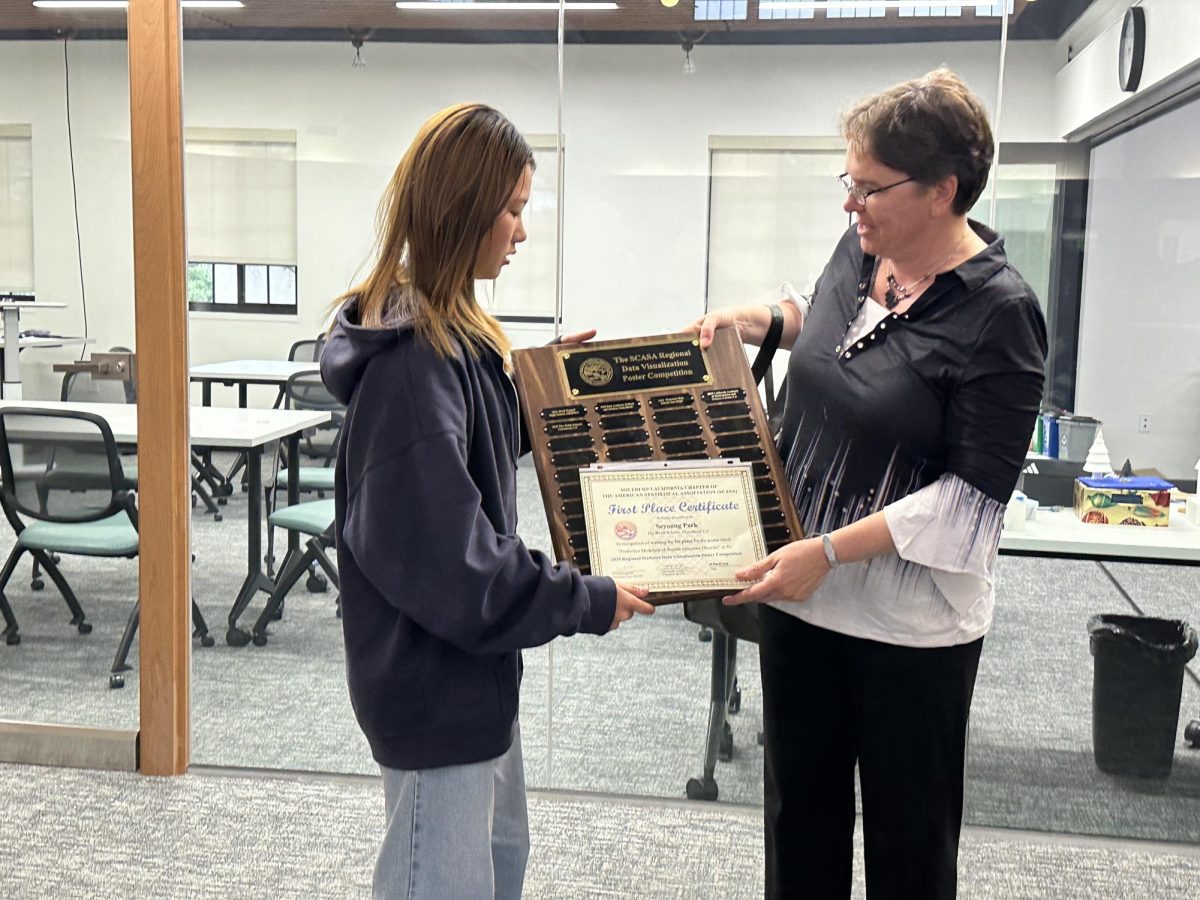
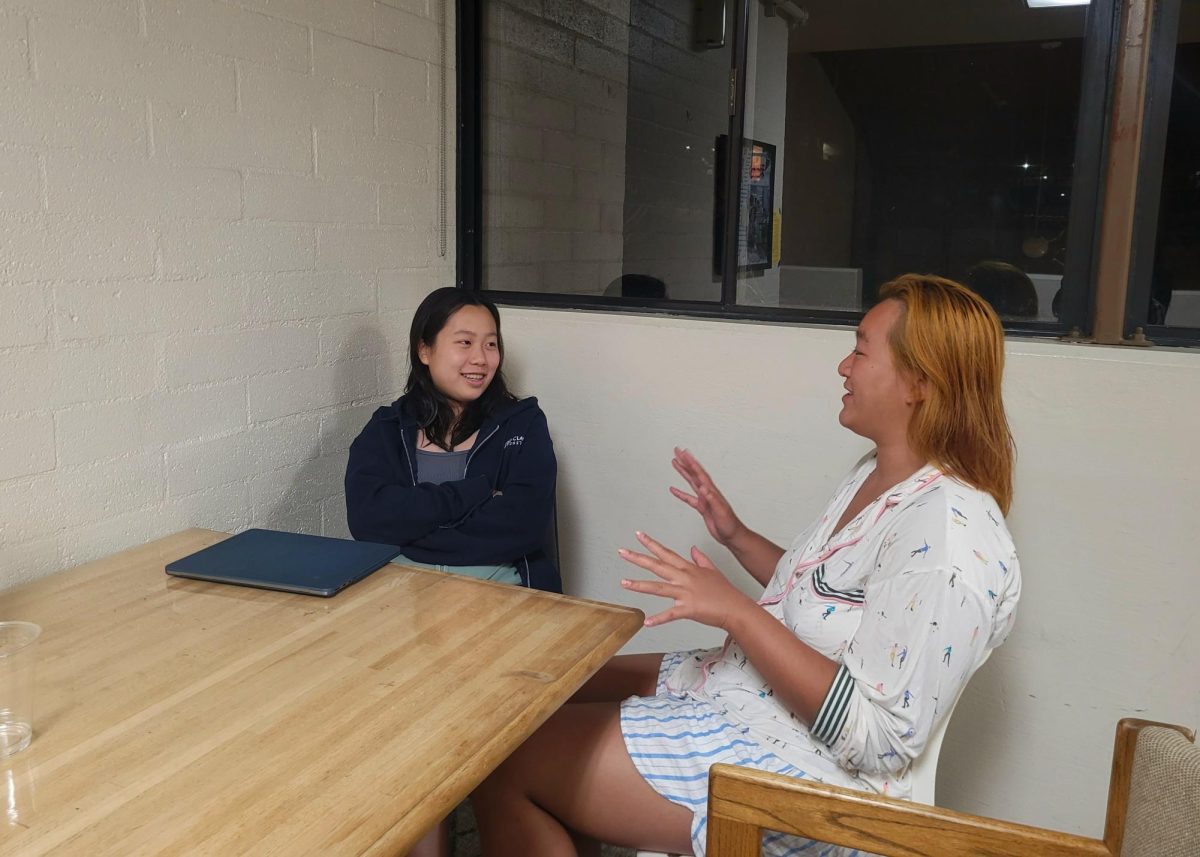

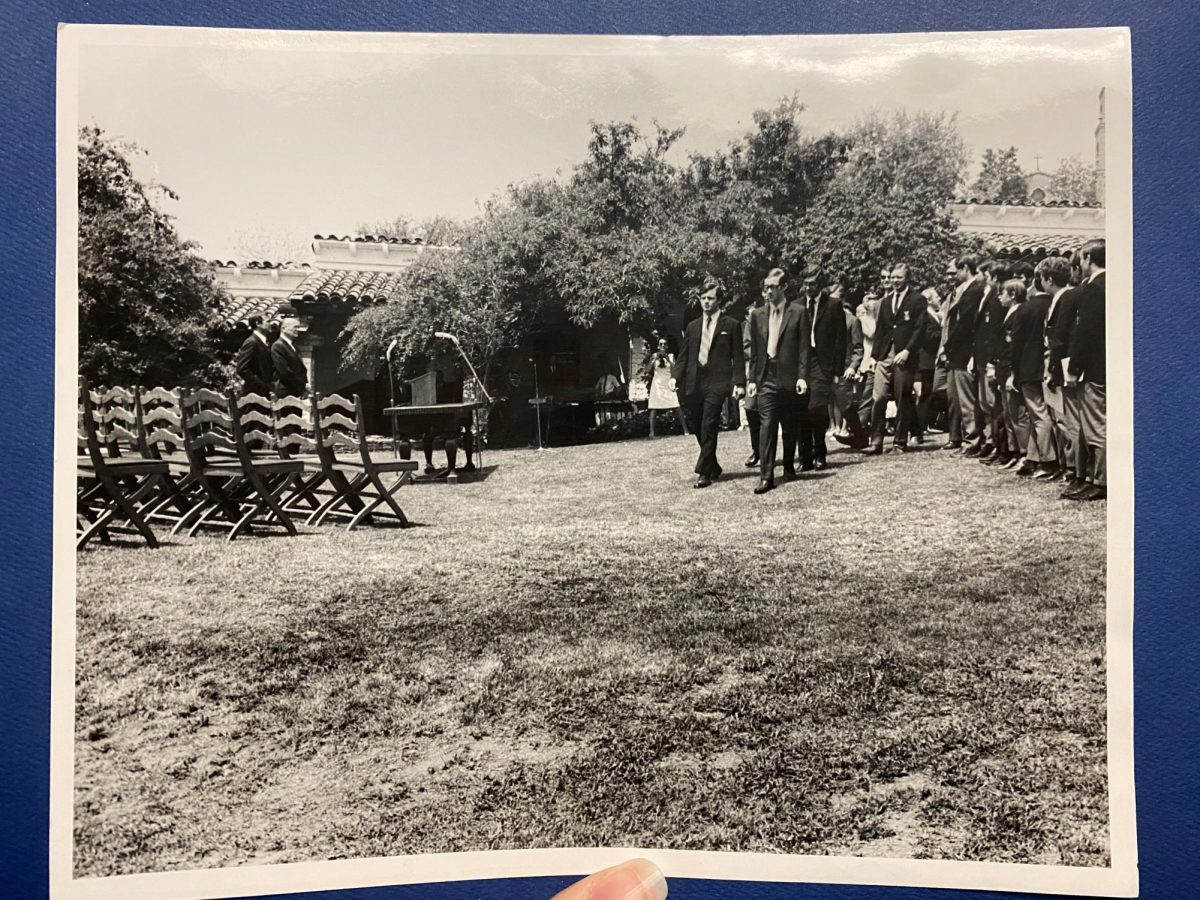
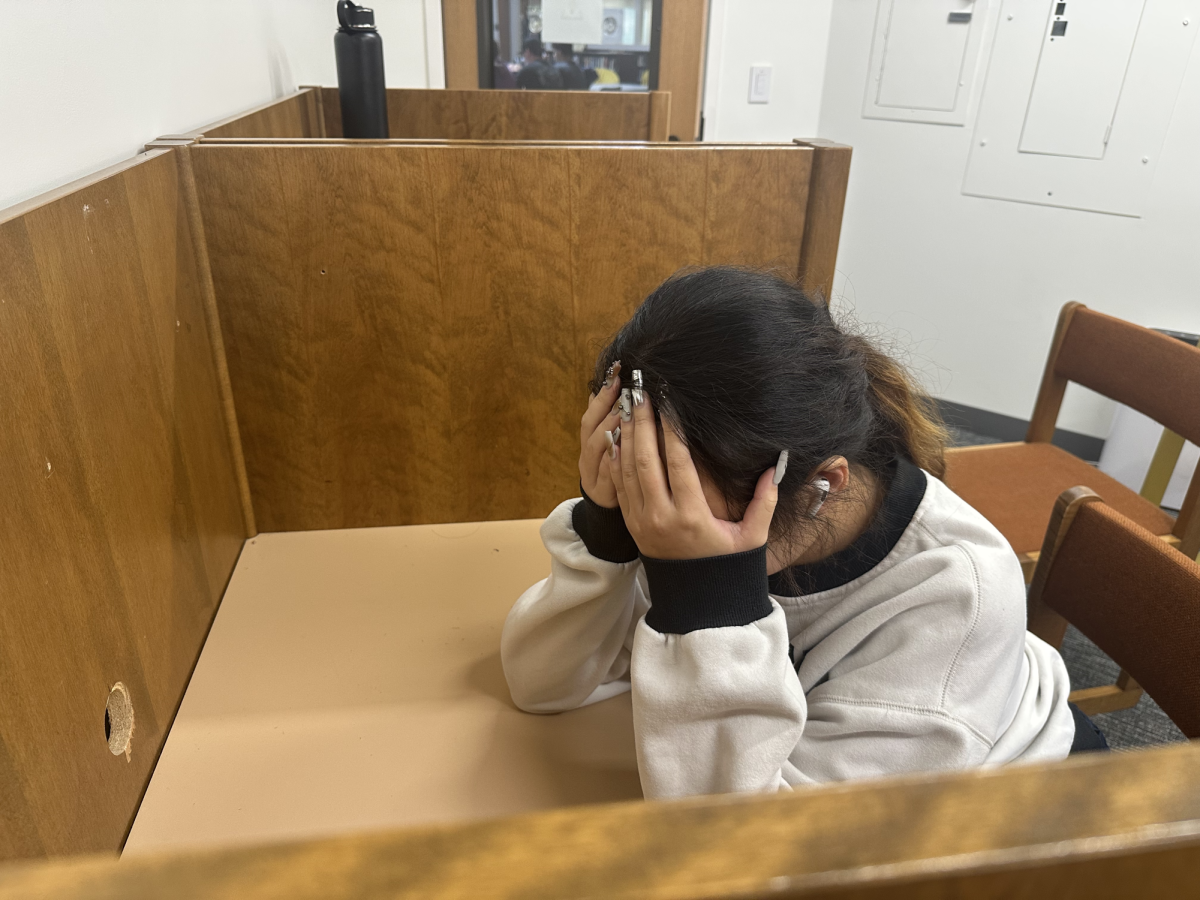
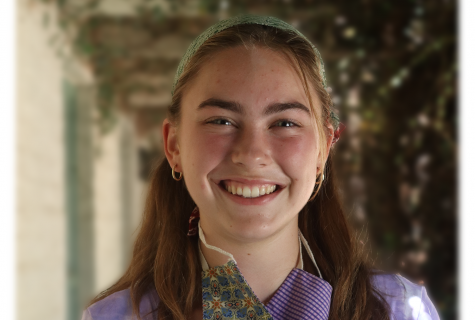
Taylor Stockdale | Dec 9, 2021 at 10:56 AM
December 9, 2021
Dear Webb Canyon Chronicle,
First, I want to thank you all for your thoughtful editorial on Webb’s two-school model. It was meant to spur thought and debate, and I know it has done that. In fact, that’s why I’m writing you today.
We can certainly agree that since the creation of Vivian Webb School in 1981, our school community has been committed to examining and challenging traditional gender expectations and persistent inequalities. This was the primary reason for creating the two-school, coordinate model at the time. Webb meant to create and shape a school and program that was by-and-for girls, one focused on championing equity and equality. At the time, students and parents, faculty, staff and the board of trustees searched their own thoughts and ideas, examined a number of models in operation, and reviewed the academic research. The two-school, coordinate model created here was heralded then and largely ever since as a success, across the country and around the world. As you point out, though, this does not mean it hasn’t had its challenges—some of which were obvious at the founding of the model and many others that have emerged over time. These challenges are being examined as we work to figure out how to best serve all students at Webb.
Over the last 100 years, I’m proud to acknowledge that Webb has stayed true to its founding mission, while evolving its school model. Webb began its journey as a boys’ school in 1922. We added and built an accredited museum of paleontology beginning in 1938. And in 1981, we created a girls’ school and with it a unique, coordinate model to govern the entire enterprise. Over the succeeding 40 years, we’ve worked to grow and improve as a school and everyone in our community has contributed to this success—students, parents, faculty, staff and alumni. As Webb celebrates its first 100 years, our community is spending a great deal more time thinking about and planning for The Next 100 than reminiscing about the accomplishments and difficulties in our past. Thompson Webb would be immensely proud of us.
For a number of years, particularly in our work to imagine and develop The Centennial Strategic Plan 2.0, our community has been focused on a series of questions and goals regarding our current two-school model. The Board of Trustees, senior administration, faculty and staff, students, parents and alumni have all contributed to this work and continue to do so. In fact, we are presently discussing how to best serve students by strengthening cohesiveness across every aspect of our academic and student life programs. We are looking at a number of items you mentioned in your editorial and others you did not: honor education/honor codes, student leadership, boarding/residential life, academic programming, celebrations and ceremonies, and much more. We all believe we will make great progress on these matters in the coming months and years. We believe students can and must be at the center of this work.
To close, again, I want you all to know that I appreciate your contributions to this conversation. I want you and the entire school community to know that the senior leadership team and board of trustees at Webb understand the difficulties and challenges you have highlighted—they exist and we are consciously and continuously working toward strengthening our school model to best serve all students. As we move forward and do this work together, in partnership, I know we will build a better future for this great school community.
Sincerely,
Taylor B. Stockdale
Head of School